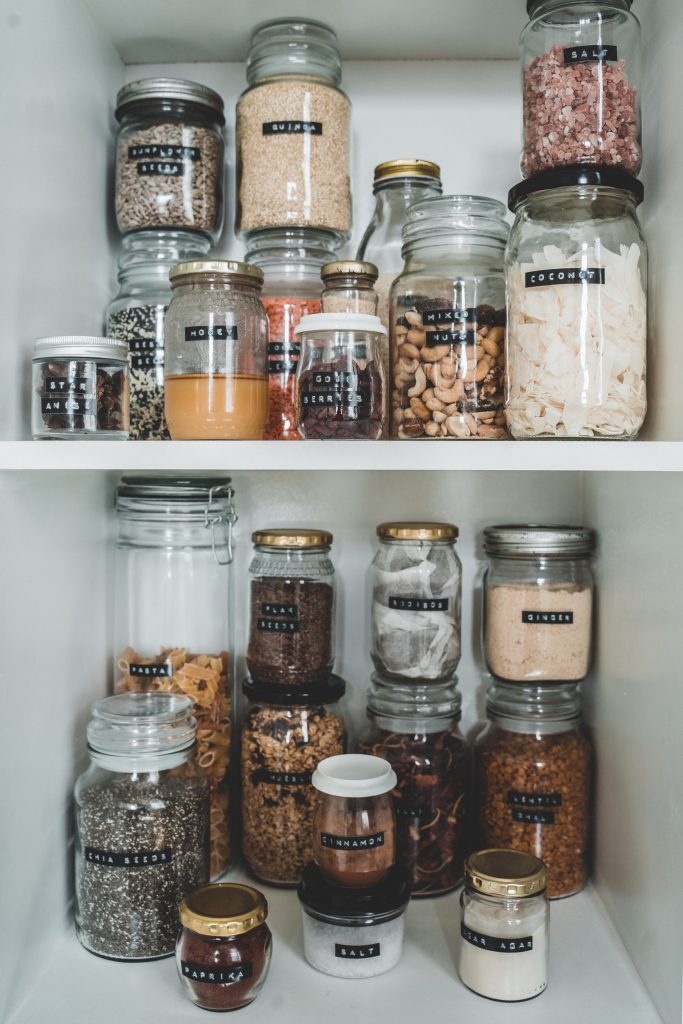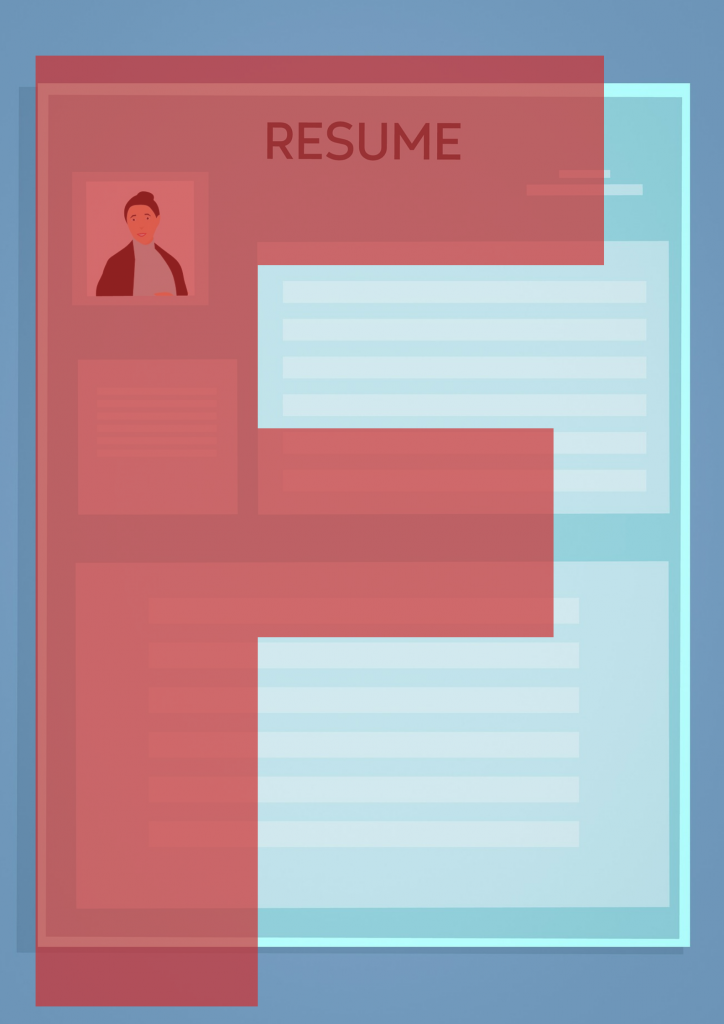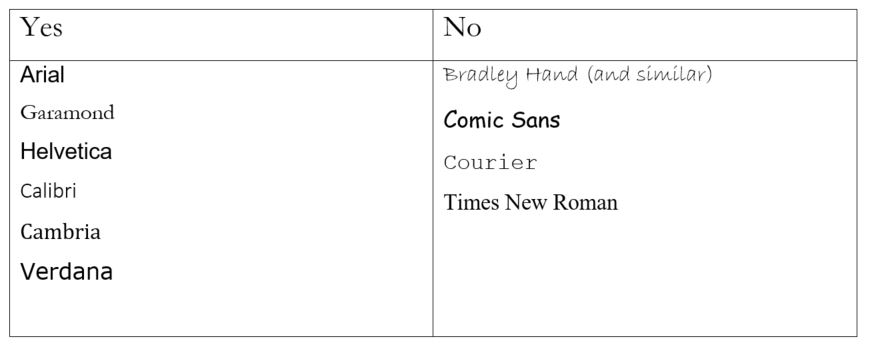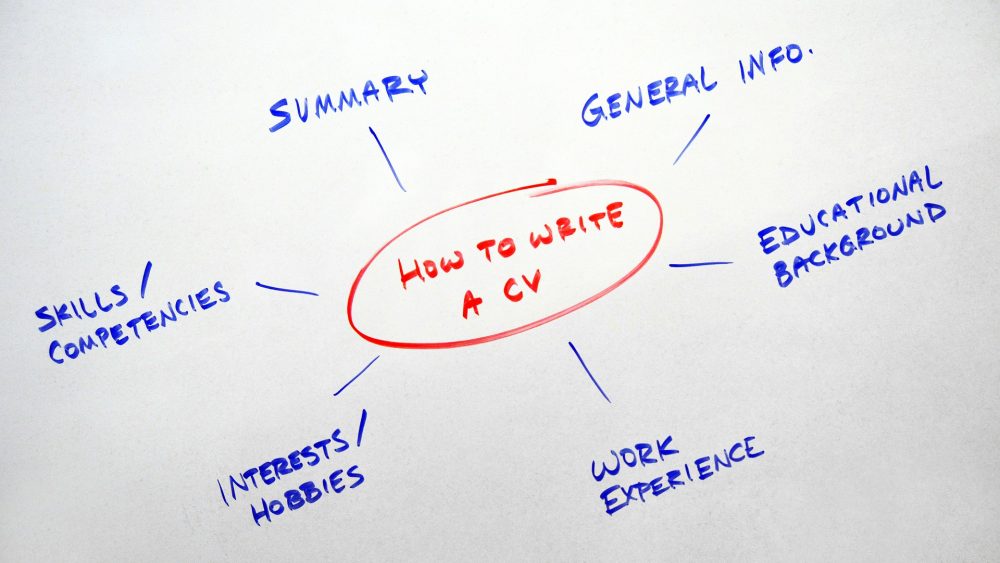A few weeks ago, we hosted another digital webinar, as a part of our career series. This time, it was all about how to make your CV shine. Our speaker was Birgitta Möller, a certified resume writer at CV-hjälpen, who has worked with many clients from all over the world. In this post, I have summarized Birgitta’s major points and her best tips when writing a CV. Before getting in to it, however, it is important to note that there is no perfect formula for how to write the best CV. The perfect CV for you, will not be perfect for somebody else, because it both depends on your experiences and what the employer is looking for. Therefore, it’s not a good idea to use a standardized template, other than maybe for inspiration. Nevertheless, here are some common mistakes to look out for, what to focus on, why you should keep a CV-pantry, and much more.
Common mistakes
– A goal section: People often write a few lines about their goals and where they want to go in life, but that is a waste of space. When writing your goals you only tell what’s in it for you. The company is more interested to hear what is in it for them if they hire you. You could however write a short personal summary.
– Too much information: Even though CV literally means life story, it is more of a smorgasbord. Tell some bits and pieces of your work life.
– Irrelevant information: Only write what is relevant for the job application.
– Messy layout: Some people like to experiment with fun layouts, but be careful not to make it too inconsistent. It will make it harder for the reader to find all information, which after all is the most important part of the CV.
– Selfies: Using a selfie, is an example of a profile photo that won’t do you any favors. Instead, take a headshot with a clean background, look straight in to the camera and smile.
– High school diploma: If you are an undergraduate student or have an undergrad diploma, you don’t need your high school in the CV. Save that space for something more relevant.
Myths
Additionally there are a couple of myths when it comes to the CV:
– The 1 page myth: A recent study suggests that it may in fact hurt a very experienced person to have a short CV on just one page; so a short resume is not always the best option. It all comes down to who is applying and for what position, but keep it between 1 to 2 pages.
– No work experience: Not having had a paid job, does not equal no work experience. If you are in this situation or haven’t had many paying jobs, there are two things you can do:
- The first one is to focus on your skills rather than experience. Have a column of your skills on the CV, and stand out that way.
- Treat your extra-curricular activities like jobs, because you can just as well gain valuable skills in this way. Examples of these can be volunteering, coaching a sports team, planning activities for organizations or playing in a band.
CV pantry

Keeping a CV pantry is a smart way of storing everything you have done in one place. Create a document and think of it as a pantry with different sections, like jobs, education, skills, volunteering, languages and so on. In each section, you keep jars of all the different jobs, skills etc. that you have.
Remember to date all jars and store some key info about them, so you don’t have to remember everything each time you apply for a new job. Also, make a habit of actually updating the pantry frequently. That way you can easily pick and choose the relevant information you need on your CV for each application.
What to include
When it comes to what you should include on the CV, everything is a balancing act. It all depends on what your best qualities and experiences are and what the employer is looking for. For example, your hobbies should normally not be included, but do include them if it is relevant to the job. The same goes for education vs work experience; put the most relevant sector at the top. Write a few lines or bullet points under every work title and education explaining what you did. Do not just describe your everyday tasks. Instead, write what you did that made a difference, which no one else did. Use active verbs and adjectives when doing so, like negotiated, led, produced and so on. You want to avoid using cliché words like successful, because it doesn’t really say anything concrete, the more you can quantify, the better.
Your birth year, marital status or exact address are, on the other hand, something you should not include on the CV. If you are looking for a job in a city far away, write that city instead of where you live. That way, your application is less likely to be immediately discarded in the selection process. References are something you should never put on the CV. Save them until you get further in the hiring process. A good thing to instead add on the CV is social proof. It can be, for example, a quote from a colleague or supervisor when they may have written or said something about you.
Layout

It all boils down to making it easy for the reader to find the information he or she is looking for. According to studies, people tend to read in an F-shaped pattern. Imagine laying a big F on the CV. That is the pattern most will follow with their eyes. Because of this, the best strategy is to put the most important information to the left side, and have the text be left aligned. Another way of guiding the reader, is to use dividing lines, underline words or make them bold and use bullet points (but a maximum of 5 so it does not end up looking like a shopping list). Doing this will additionally make your most relevant experiences stand out.
Using colors and fancy formatting is something Birgitta Möller does not recommend, because that might take away too much attention from the content. The main exception is if you’re in a creative profession, then the CV is a way of showcasing your design skills. One final point when it comes to guiding the reader, is to write in reverse chronological order. The different sections can be moved around, but always start with the last job at the top and then the second to last, third to last, and so on. If your second to last job is the most relevant, use a bold font or other techniques mentioned above to highlight that, instead of losing the structure.
One might think that the font doesn’t matter, but it does. First of all, fonts take up a different amount of space, even though they are the same size. By taking that into consideration, you can optimize the space on the CV – but don’t take it too far. Using too small of a font makes it difficult to read and too big, on the other hand, will instead give an impression of you being underqualified. The style of the font is also important. Some can make you look childish, while Times New Roman for instance, will make you look dated.

ATS
Some employers and recruiting firms use ATS (Applicant tracking system). They are designed to scan CVs and determine which candidates are the best fit for a job. ATS has become more common since it is normal to receive 150-200 job applications for every job posting.
These are some things to take into account in order to get past the ATS:
- Use clear and established job titles.
- Avoid images, tables and graphics.
- Include key words from the job description that reflect your skills
- Left align the document
To summarize, there is no perfect formula for a CV. Regarding what to include, it depends on your experiences and the type of job you are looking for. There are, however, some guidelines to stick to. Make it easy for the reader by guiding them, show what is relevant by including key words from the job ad and highlight the factors that make you stand out. I hope that this advice will help you create the best possible CV. For more career-themed posts, click here. Upcoming alumni events, including career webinars, will be posted here.


Kalale Koirita
It is very good !